Written by R. Ann Parris on The Prepper Journal.
Come spring and summer, a lot of us would be delighted to have a few more hours in the day. Gardening and producing crops is one of the many reasons. Sometimes we just don’t have the time or money to get started or to expand as fast or as much as we’d like.
Here are a few hacks we can use on that front, whether we’re beginners, or in a hurry for some expansions. Most are totally appropriate for anyone with a patio, balcony, or prime prepper property with acreage. They’re about saving time so we can start learning our gardening lessons or increasing our yields.
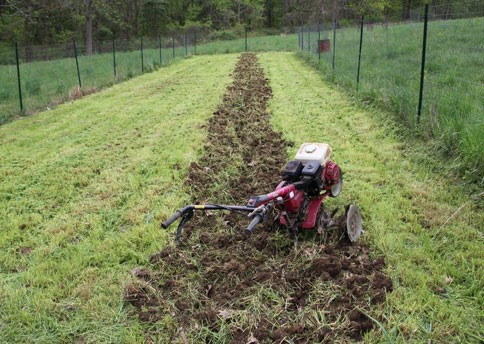
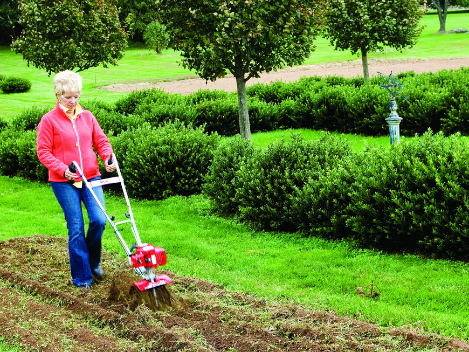
Bench the Tillers
Whether we already have a big, tilled, bare-earth conventional plot and are just looking to expand, or are just getting started, it’s going to be fastest off the mark to skip tilling – at least for this season. An exception would be if we have a sod cutter we’re going to run through first, so the first inch or two of soil and roots – with a fair portion of the weed seeds – are at least getting bundled away.
Otherwise, every time we till, we’re introducing years or decades worth of weed seeds to the surface, and some of those seeds will last 70 years. It also takes multiple passes, mechanical or hand-turned, to get that nice, loose soil we like to see.
If we’re racing a clock and trying to save labor, it’s just easier to work from the ground up. There are numerous ways to do that, from layered lasagna beds, modified or true Eden-garden style beds, to some of the suggestions coming up.
With all of them, a layer of some sort forms a barrier between our existing ground plane and our good dirt for veggies, which will limit the weeds.
Cardboard is among the most common of those barriers. Sources to tap for cardboard are liquor stores, gas stations that sell cigarettes, stores that sell appliances, and moving companies. Moving boxes and appliance boxes are fantastic because they tend to be so big and so thick – it’s easy to cover a big span at once, and it forms an excellent exclusion barrier.
Other big advantages of starting from the ground up is that it creates a looser, less compacted growing space than conventional row gardening, the elevated beds benefit from drainage and will warm up earlier in the season, and – the biggie – we’re not first taking the time to till, waiting a week or two for the new weeds to sprout, and doing a second (and third) “kill till” before we even get to planting.
Caveat: We can absolutely make a first pass till to break up soil and lower grass competition, then layer up over that.
There is a big drawback, however. To go up, we’re going to need to source soil.
Maybe it’s from somewhere else on our property, or maybe we’re going to do a lasagna or hugel-style bed and use compost, so we really only need a couple handfuls of soil per “plug” and it wouldn’t be that expensive to buy. For more conventional beds, most of us will either be buying bulk or bagged soil, and it can get pricey compared to just digging up a patch of lawn.
Priority of time to get started planting, versus amount of work in the future (weeding), versus initial cost will have to get weighed out for each person and plot.
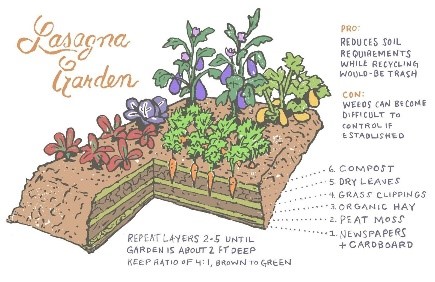

Low-Soil Methods
Growing styles like using lasagna beds and “trash” or “fill” beds that use layers of raw organic material and then only plugs of soil can be one way to limit the labor and cost of establishing a new bed or container garden. Over time, that organic material breaks down, feeds our existing soil plugs, and we actually start producing new soil.
In years past, there has also been the straw bale method. I used it myself a few times, and it works well – the first year, you grow in a bale that has had decomp started, again, using just a little bit of soil to start the seeds or give transplants a little room to groove before they expand outward. Some people can get two years out of a straw bale. Others will take this year’s straw bale, and use it to establish a new growing space, or as mulch for other beds or around trees.
I say “in years past” because a lot of hay and straw producers are now using herbicides in their fields. Sometimes those herbicides target a specific species or family, but in a lot of cases, they target all broadleaf plants. Sometimes those herbicides have a very short effective life, but many are persistent – they stick around for a while. Sometimes a year, sometimes two, sometimes more.
That means that as the straw starts breaking down and leeching into the soil or “feeding” our plants, it’s releasing those broadleaf killers.
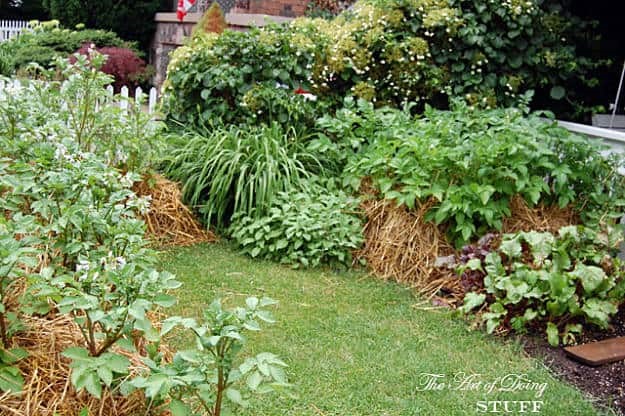
The problem there is, straw bale gardens are not the most efficient way to grow grains, and most of the other veggies we eat are broadleaf plants.
I haven’t personally had a problem so far, but there is anecdotal evidence all over the web of people whose garden beds have been wrecked by not only straw, but also horse and cattle manure from animals that were fed hay from herbicide-treated fields. In some cases it’s a single season lost, but in others, people have apparently had to scrap the whole plot for anything but grains for more than 2-3 years.
If you can source herbicide-free square bales, that’s an excellent tomato, pepper, squash, and melon planter that leaves a lot of versatility for the future, and a good way to get started. If you can’t be absolutely sure … This is about fast, easy, relatively inexpensive ways to start gardening or expand our gardens, not “how to make you hate me in 2K words or less”. Just be aware of the increasing risks on the straw front, for both garden bales and mulching.
Bag Planters
These have been out there for a while, and they can work. There’s one where you poke holes in one “flat” side, lay that side on the ground, cut a big hole out of the other flat side, and use that as your planting space. That one restricts us to relatively shallow plants like lettuces, mustards, strawberries, and in some cases dwarf peas or compact bush beans – although spacing requirements for those can make it a little bit prohibitive.
Another version calls for slicing open the top of the bag, and sticking in our potato, tomato, pepper, or squash. With the exception of sweets, yams, and potatoes, or really small bags, we don’t usually need a whole bag per plant, but besides a companion flower or two, there’s not really room for more in there due to surface area.
We can also basically cut larger bags in half, and use one or both halves for our “big” plants, and stick smaller things like berries, peas and lettuces in cut-off drink bottles we fill from the other half.
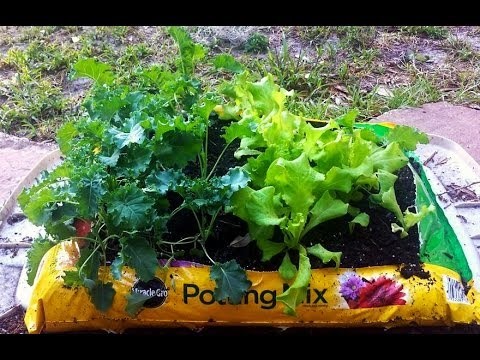
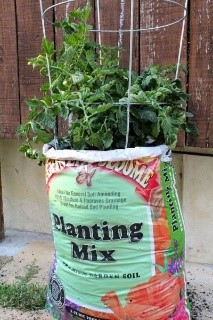
There’s no need to ditch the soil at the end of the season. I have no idea where that misconception comes from – we wouldn’t ditch our in-ground or conventional raised beds each year; we just add amendments as needed. We can add coffee grounds and tea bags to our soil bags throughout the season to maintain fertility, just as we would a planter, raised bed, or in-ground bed or plot, and we can mix in compost or manure the next year if we want.
Most bags are only going to hold up for one season outside, so sourcing a bucket, tote or some big plastic drawers to serve as our planters the following year is a good idea.
Or, we can use the growing season we’re bagging it to go ahead and slowly build up a bed out of junk branches, chunks of logs, CMU, or timbers.
Bookshelf Beds
One way to quickly and easily cheat our way to a “pretty” garden bed is to pay attention to Craigslist, Freecycle, and curbside alert boards, and land ourselves a bookshelf. Many bookcases are already a good size to reach across for seeding, weeding and harvest, even for kids and adults. Most are shallow enough to be filled reasonably, whereas a filing cabinet on its back is going to need some junk wood and then leaves or straw to fill so we’re only supplying 6-12-18” of dirt.
All we need for most plants is that 6-8” of soil, although some will benefit from 12” or so. If that doesn’t fill the bookcase, no biggie. We can use those “trash” fills at the bottom, improving drainage, or we can add soil later, grow cover crops, add compost, and-or add mulch, and over time we’ll increase our depth.
An awful lot of modern bookshelves have basically cardboard backs that can act as our weed exclusion barrier – so we’re only sourcing one thing, and assembling our new garden bed is as easy as laying it on its back in its new home.
Bookcases are also nice, because they work right beside or even on a patio, can go atop gravel or asphalt, and don’t require much if any construction. Bookcases also won’t typically need drainage holes put in, although thick, solid-backed ones could use a few holes. That means even those who aren’t *yet* DIY-ers can get started without any power tools.
Another advantage to bookshelves is that they come with the frame, and most come with shelves. The frame becomes one “main” bed, and the shelves can get built into an additional, smaller bed (although we’ll need the exclusion barrier for that one).
Many bookshelves aren’t going to be a long-term solution, and some may need a few extra screws to last even a single season, but we can get started right away with a nice, bounded raised bed.
If we decide we like the location, we can work our way around that bed with timbers, stone, CMU, brick, or logs from storm-damaged trees. We can also use the bookcase as an inner form, assemble an outer form, and pour concrete if we really want a permanent solution in there.
Quickie Starts & Expansions
There are lots of ways we can get started gardening or expand our food production, quickly and easily. There are other hacks that help us maintain our veggies – such as locating them so we’re more likely to see problems fast and actually take care of them, and keeping them close enough it takes no time at all to get out and weed, water and harvest.
There are also ways we can decrease the labor and time that gardening takes, from mulch to covering beds, planting styles, and even our plant selection. Some of those have been covered in past articles here on TPJ, and some I’ll hit on in another article.
The biggie, always, is to go ahead and get started.
It doesn’t have to be big or pretty, but if we want to start producing our own food, we need to get started now. There are too many learning curves when it comes to gardening to wait until we have the perfect property, the perfect setup, and the perfect planters or plots.
Follow The Prepper Journal on Facebook!
The post Garden Cheats – Quickie Starts & Expansions appeared first on The Prepper Journal.
from The Prepper Journal
Don't forget to visit the store and pick up some gear at The COR Outfitters. How prepared are you for emergencies?
#SurvivalFirestarter #SurvivalBugOutBackpack #PrepperSurvivalPack #SHTFGear #SHTFBag

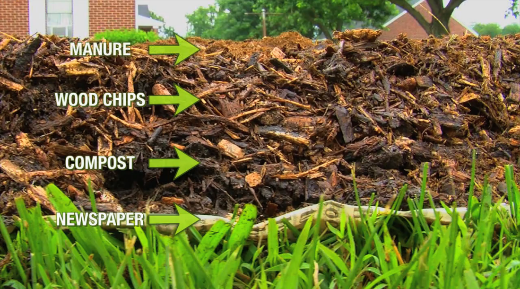
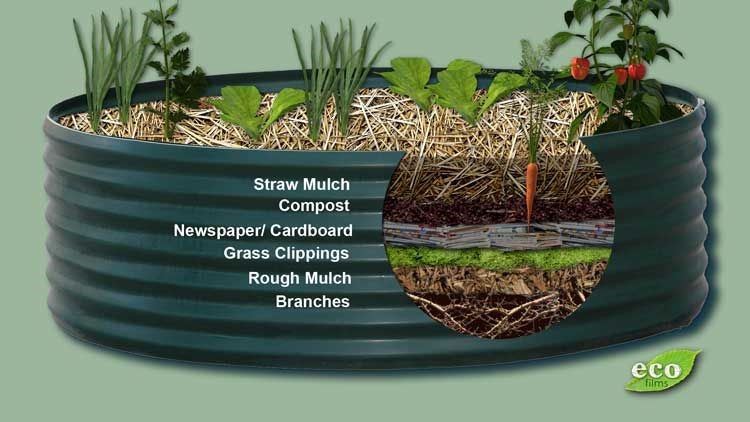
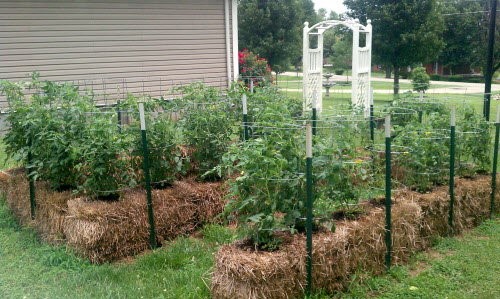
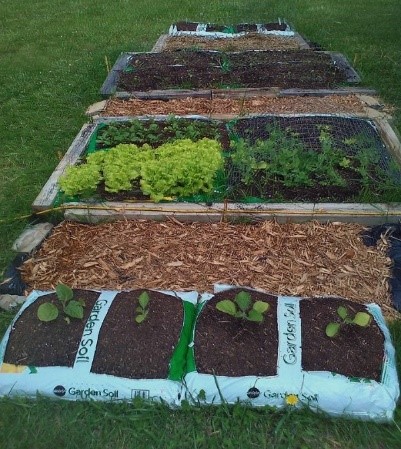
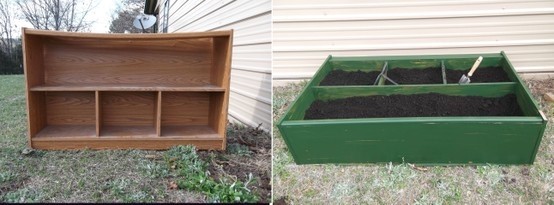
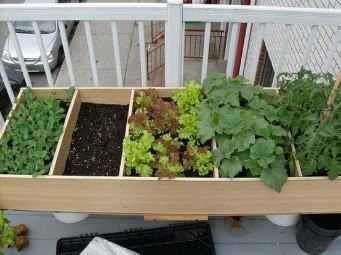
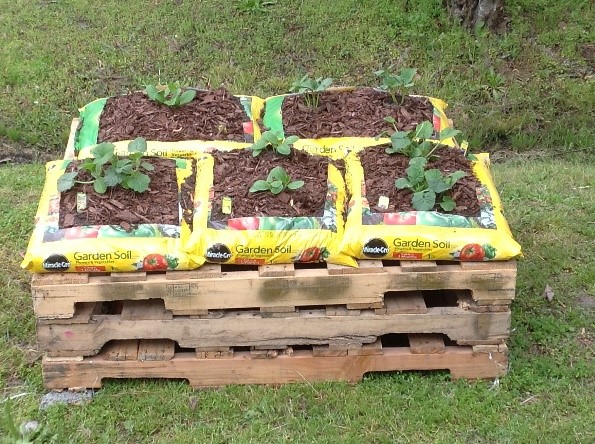
No comments:
Post a Comment